What is Red Light Therapy?
Red light therapy, or photobiomodulation, uses low-level red and near-infrared light to stimulate cells, particularly the mitochondria, enhancing energy production and cell repair. This therapy is gaining popularity for its potential to improve skin health, reduce inflammation, and aid in pain relief throughout the body.
Benefits for Full-Body Use
Studies indicate red light therapy can help with skin rejuvenation, reducing wrinkles and improving skin texture, as well as alleviating joint pain and muscle recovery. It may also support wound healing and potentially improve sleep and mental well-being, though more research is needed for some claims.
Safety and Usage
It seems likely that red light therapy is safe for most people when used as directed, with rare side effects like increased inflammation. Always use eye protection and follow manufacturer guidelines. For full-body sessions, starting with 2-3 times a week for 10-20 minutes is common, adjusting based on response.
Choosing a Machine
When selecting a full-body red light therapy machine, look for devices with appropriate wavelengths (around 660nm red and 850nm near-infrared), sufficient power for coverage, and safety certifications. Ensure it’s from a reputable source with clear instructions.
Comprehensive Analysis of Red Light Therapy for Full Body
Red light therapy for the whole body has emerged as a promising self-care practice, particularly for those seeking to enhance appearance and health. This detailed survey note explores the topic, addressing key questions and providing a thorough examination based on recent research, ensuring a comprehensive understanding for readers interested in integrating this therapy into their routines.
Introduction to Red Light Therapy
Red light therapy, formally known as photobiomodulation, is a non-invasive treatment that uses specific wavelengths of light, typically in the red (around 660nm) and near-infrared (around 850nm) spectrum, to penetrate the skin and stimulate cellular activity. The therapy works by targeting the mitochondria, the energy powerhouses of cells, increasing adenosine triphosphate (ATP) production, which enhances cell repair and function. This process is thought to support various health benefits, from skin care to pain relief, making it a versatile option for full-body treatment.
Research from WebMD explains that red light therapy uses LED (light-emitting diode) technology, with red light penetrating deeper than blue light, which is often used for surface skin conditions like acne. The therapy is considered safe, using very low heat levels without UV exposure, reducing risks like burns or skin cancer.
Benefits of Full Body Red Light Therapy
The potential benefits of full-body red light therapy are extensive, supported by various studies, though some areas require further investigation. For skin health, red light therapy can stimulate collagen production, improving skin elasticity and texture, and reducing fine lines and age spots, as noted by Cleveland Clinic. A study from National Center for Biotechnology Information found that red and near-infrared light can promote skin rejuvenation and increase intradermal collagen, enhancing skin health improvement.
Beyond skin care, red light therapy offers pain relief, particularly for conditions like arthritis and muscle strains, by reducing inflammation, as highlighted by Healthline. A 2021 review mentioned in WebMD suggested benefits for dementia patients, though larger trials are needed. Additionally, it may aid wound healing by increasing blood circulation, and emerging research from Gundersen Health System indicates potential mental health benefits, such as reducing symptoms of depression and anxiety by affecting serotonin production.
A table summarizing key benefits and supporting evidence is provided below:
|
Benefit
|
Description
|
Supporting Evidence
|
|
Skin Health
|
Reduces wrinkles, improves texture, boosts collagen
|
|
|
Pain Relief
|
Alleviates joint and muscle pain, reduces inflammation
|
|
|
Wound Healing
|
Speeds up recovery, enhances blood flow
|
Medical News Today
|
|
Mental Health
|
May reduce depression, improve mood
|
Gundersen Health System
|
|
Sleep Improvement
|
Potential regulation of sleep patterns
|
Emerging research, needs further study
|
Safety and Side Effects
Safety is a critical consideration for anyone exploring red light therapy. Research suggests it is generally safe, with minimal side effects when used correctly, as per Cleveland Clinic. It doesn’t use ultraviolet (UV) light, avoiding risks like skin cancer, and is non-invasive, making it suitable for all skin types. However, potential side effects include rare instances of increased inflammation or, in extreme cases, burns or lesions if misused, as noted by Healthline. Long-term safety is still under study, and Verywell Health cautions about the risk of eye damage, recommending the use of protective goggles.
Precautions include following manufacturer instructions, avoiding direct eye exposure, and consulting a healthcare provider, especially for pregnant individuals or those with specific medical conditions. A study examining 380 pregnant women found red light therapy safe during pregnancy, but limited research exists, as per WebMD.
Usage and Frequency
Determining how often to use a full-body red light therapy machine depends on individual needs and the condition being treated. Research suggests starting with 2-3 sessions per week, each lasting 10-20 minutes, and adjusting based on response. Infraredi United States found that daily use may show skin health improvements within a week, while deeper issues like joint pain might take weeks. The frequency can vary, with one study noting beneficial effects after 15 weeks of twice-weekly sessions at specific irradiance levels.
It’s important to follow device instructions, as different machines may have varying light strengths. For example, Light Therapy Insiders emphasizes that there’s no one-size-fits-all, comparing it to exercise where context matters. Starting with shorter sessions and gradually increasing is advisable, especially for beginners.
Choosing the Right Full-Body Red Light Therapy Machine
Selecting an appropriate full-body red light therapy device involves several considerations to ensure effectiveness and safety. Key factors include the type of light—red, near-infrared, or a combination—as both offer different benefits, with red light ideal for surface skin issues and near-infrared penetrating deeper for pain relief, as per Rehab Mart. Wavelengths should be around 660nm for red and 850nm for near-infrared, ensuring therapeutic effects.
Power and intensity are crucial; higher power can be more effective but must be balanced with safety. Coverage area is important for full-body devices, ensuring they can treat large areas like the back or legs, as noted by Huelight USA. Safety features, such as eye protection recommendations and certifications, are essential, and devices should come with clear usage instructions. Reputation matters, so choosing from manufacturers with positive customer feedback and professional-grade therapy options can enhance the light therapy experience.
A comparison table for device features is provided below:
|
Feature
|
Details
|
Importance
|
|
Wavelengths
|
660nm red, 850nm near-infrared
|
Ensures therapeutic penetration
|
|
Power and Intensity
|
Higher power for effectiveness, must be safe
|
Affects treatment depth and speed
|
|
Coverage Area
|
Full-body panels for large areas
|
Ensures whole-body treatment
|
|
Safety Features
|
Eye protection, certifications
|
Prevents risks like eye damage
|
|
Reputation
|
Positive reviews, professional-grade
|
Indicates reliability and quality
|
Conclusion and Next Steps
Red light therapy for the whole body offers a range of potential benefits, from improving skin health to reducing pain and supporting overall well-being. While research is promising, some areas, like long-term effects and mental health benefits, require further study. To integrate this therapy, start by consulting a healthcare professional, especially if you have underlying conditions, and choose a device with appropriate features and safety measures. Consider beginning with 2-3 weekly sessions, adjusting based on your response, and always follow manufacturer guidelines for optimal results.
For further reading, explore resources from WebMD, Cleveland Clinic, and Healthline to deepen your understanding and make informed decisions about your self-care routine.
Turn self-care into a pleasant procedure and enjoy the visible results, giving your face freshness and youth with our facial massager!
Key Points
- Research suggests red light therapy can improve skin health, reduce pain, and aid wound healing, but benefits vary by individual and condition.
- Full-body red light therapy machines use specific wavelengths, like 660nm red and 850nm near-infrared, to penetrate the skin and stimulate cells.
- The evidence leans toward it being safe when used correctly, with minimal side effects, though long-term effects are still under study.
- Usage typically involves 2-3 sessions weekly, each 10-20 minutes, but frequency depends on personal needs and device instructions.

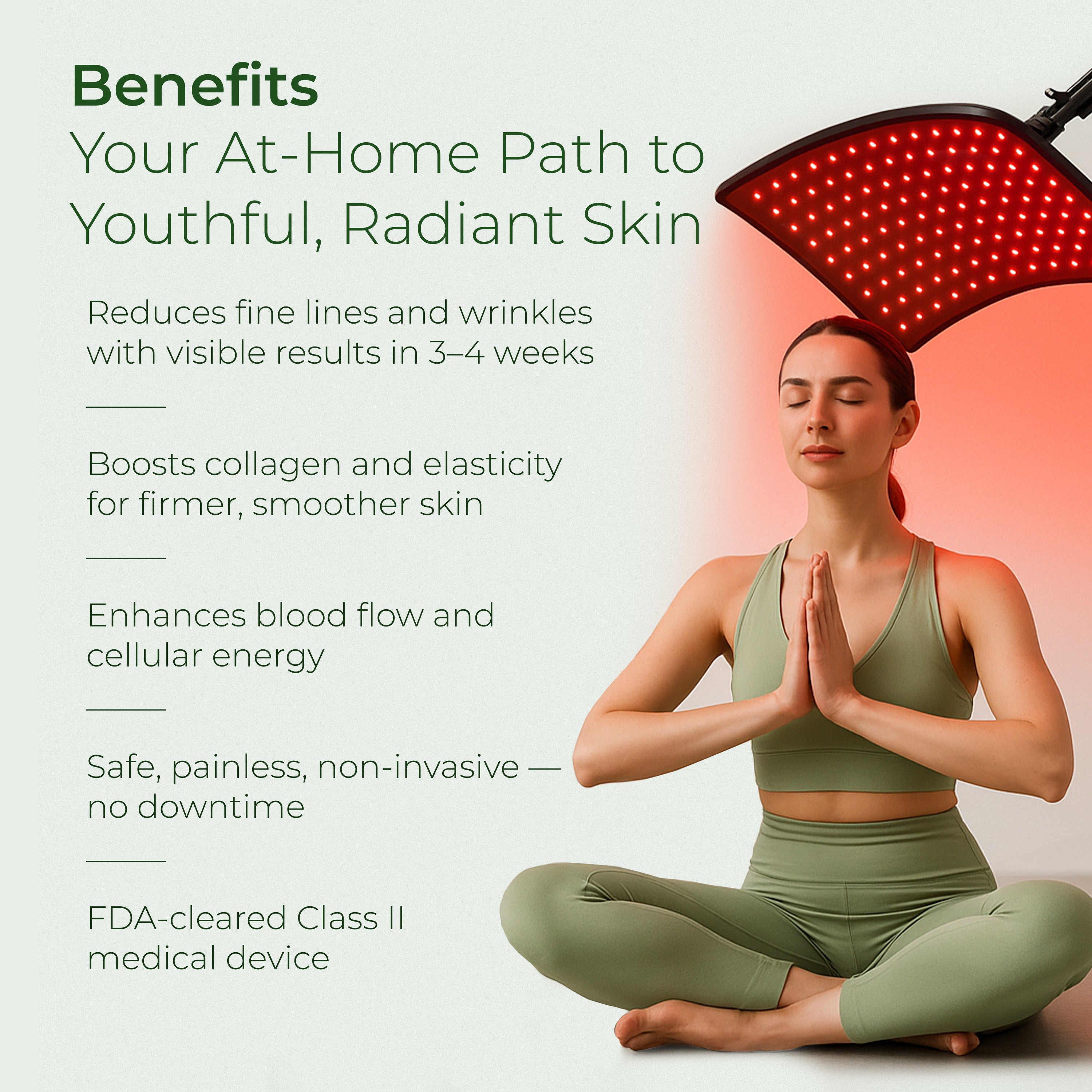
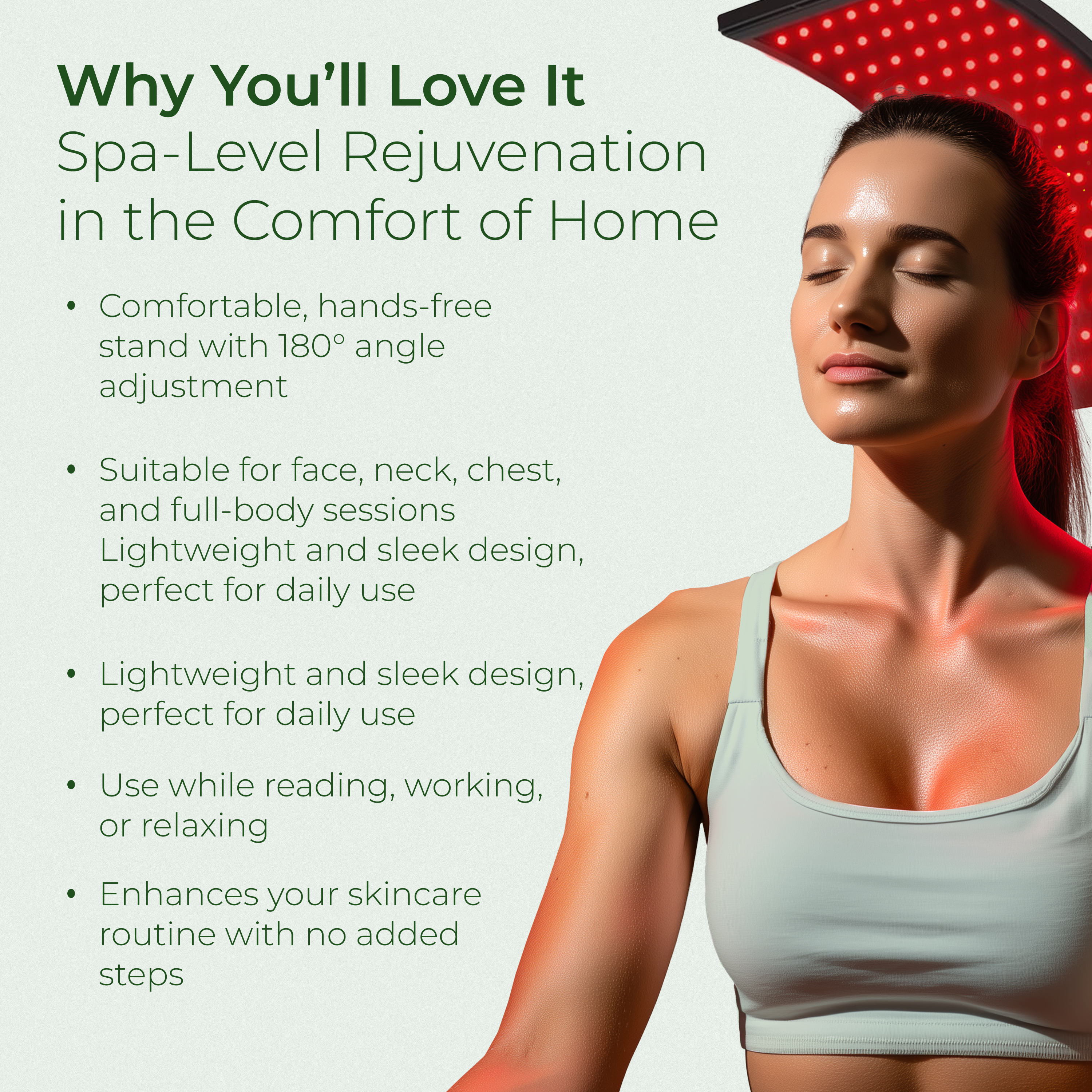

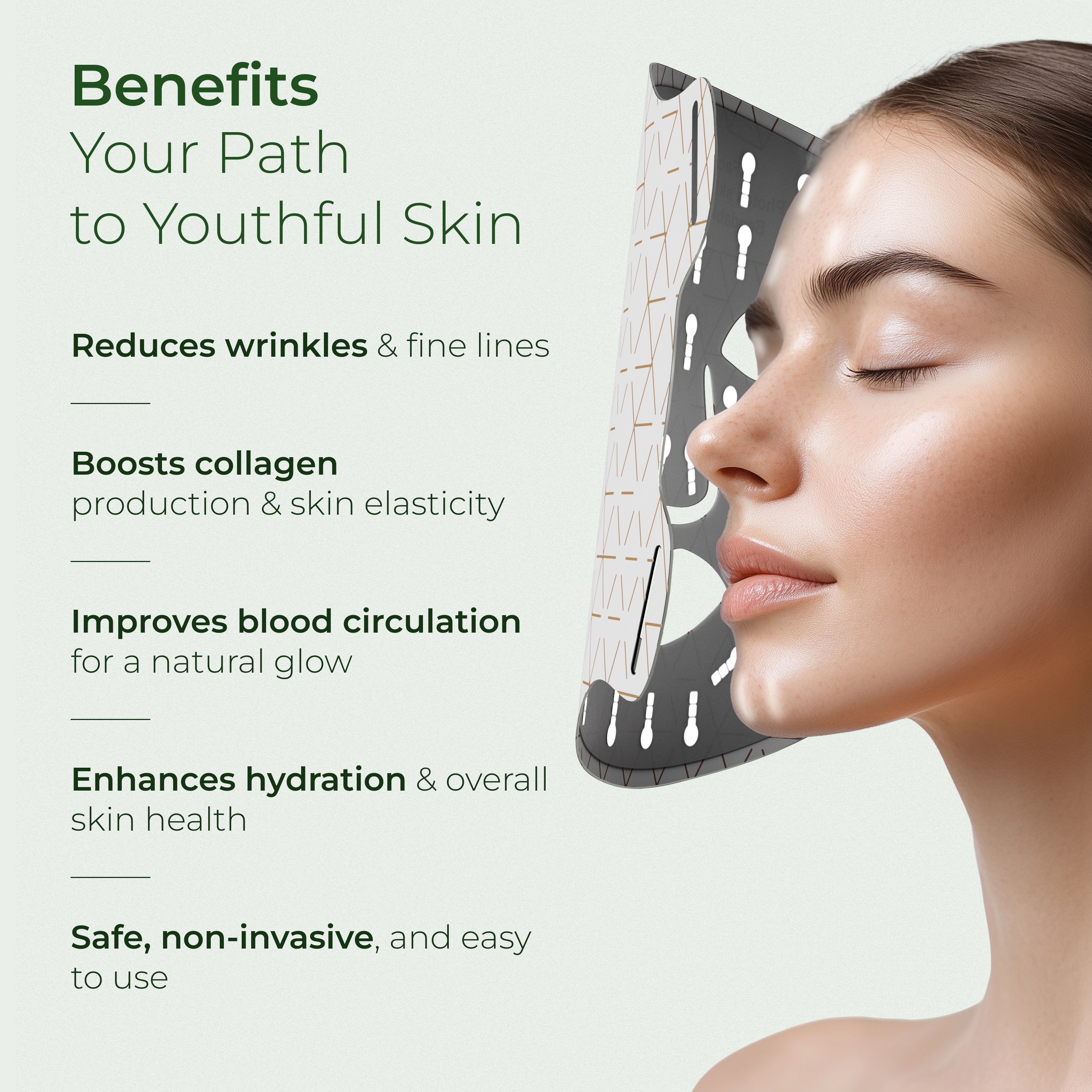


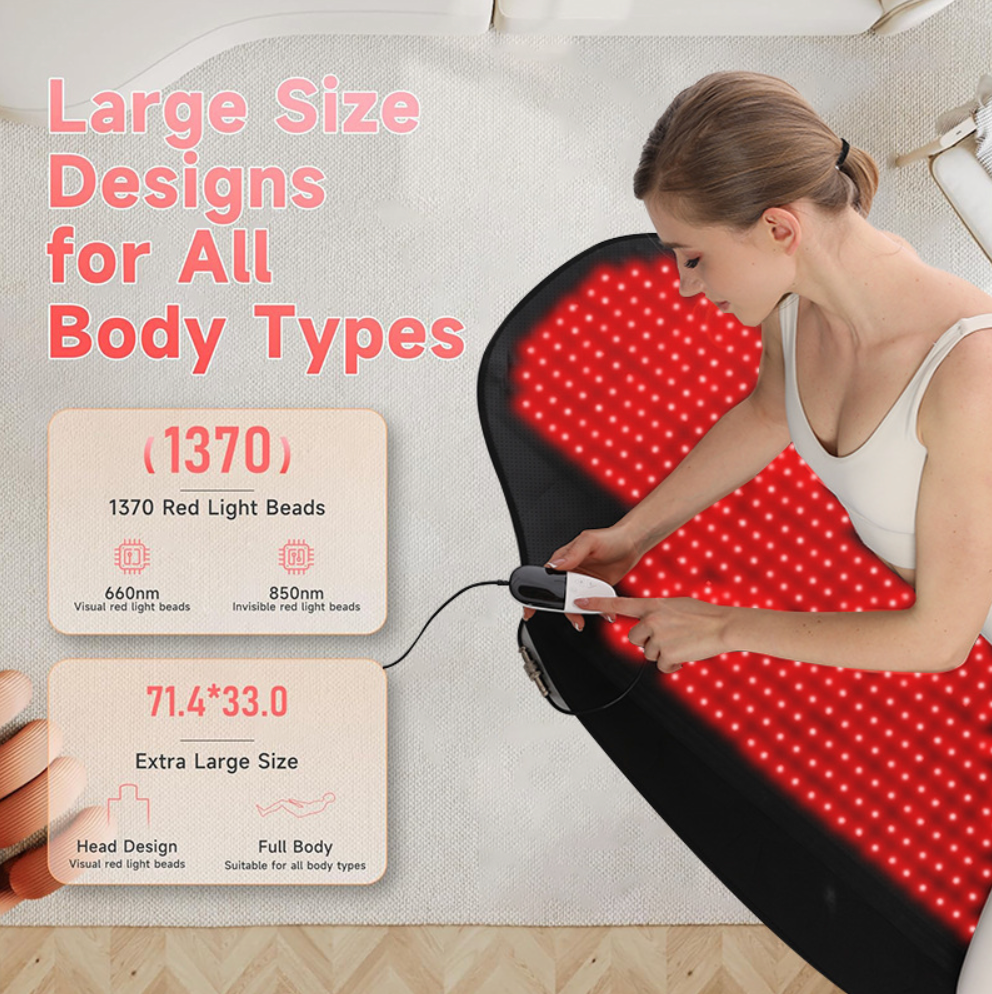
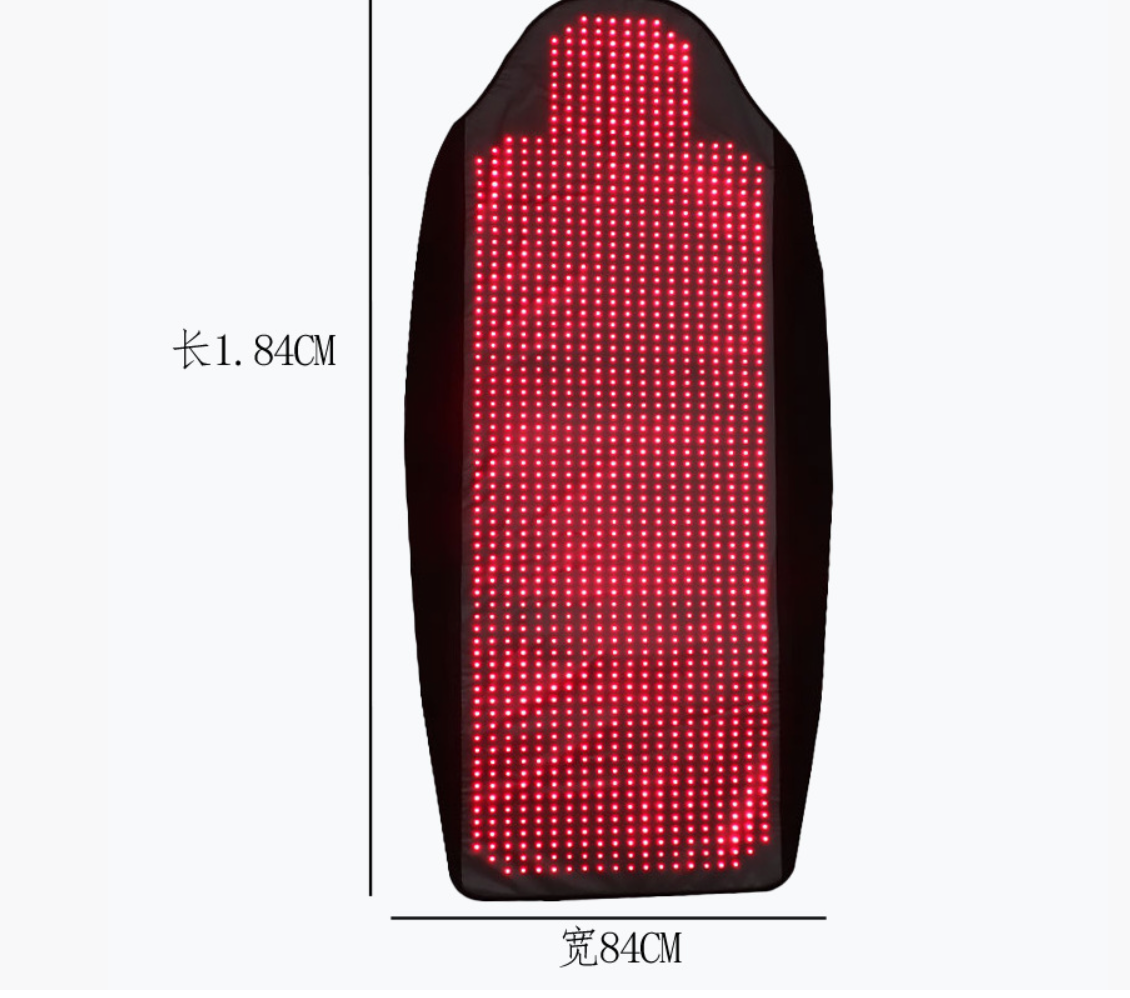
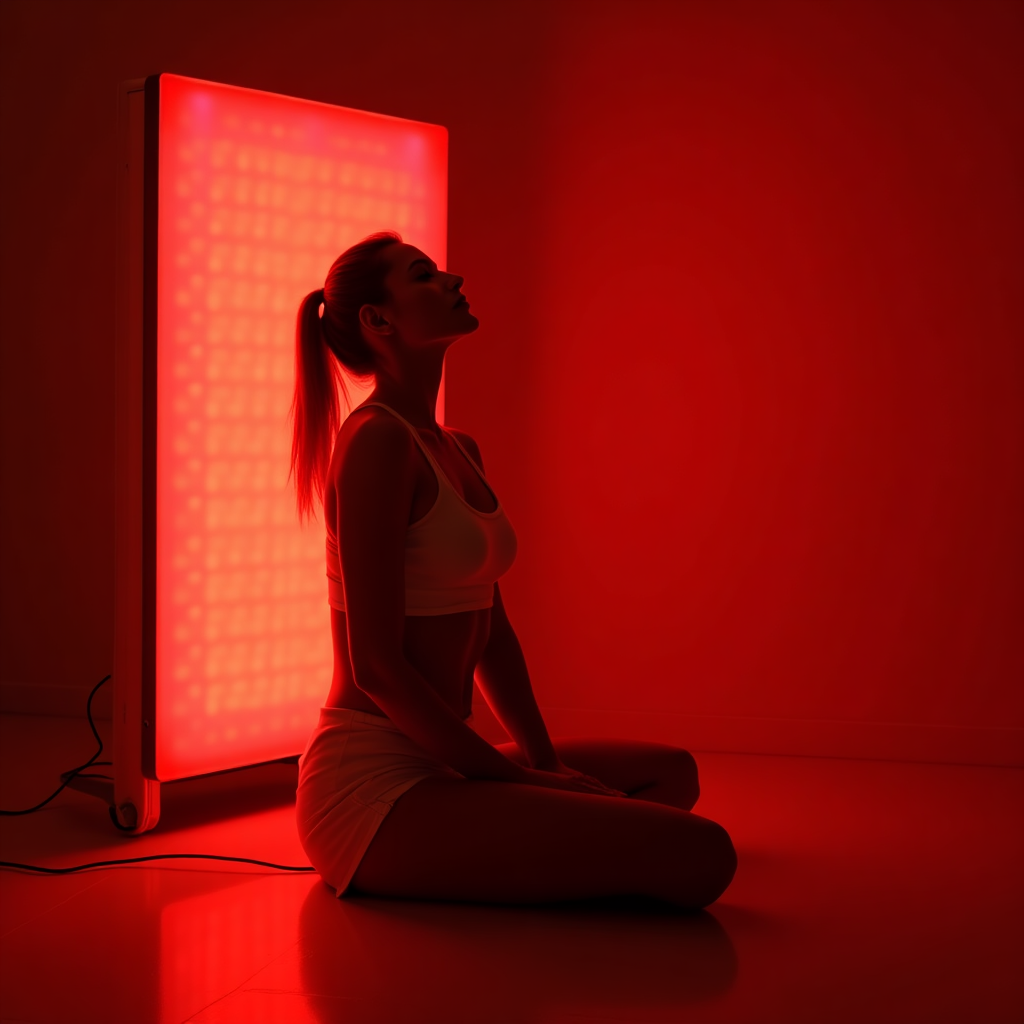

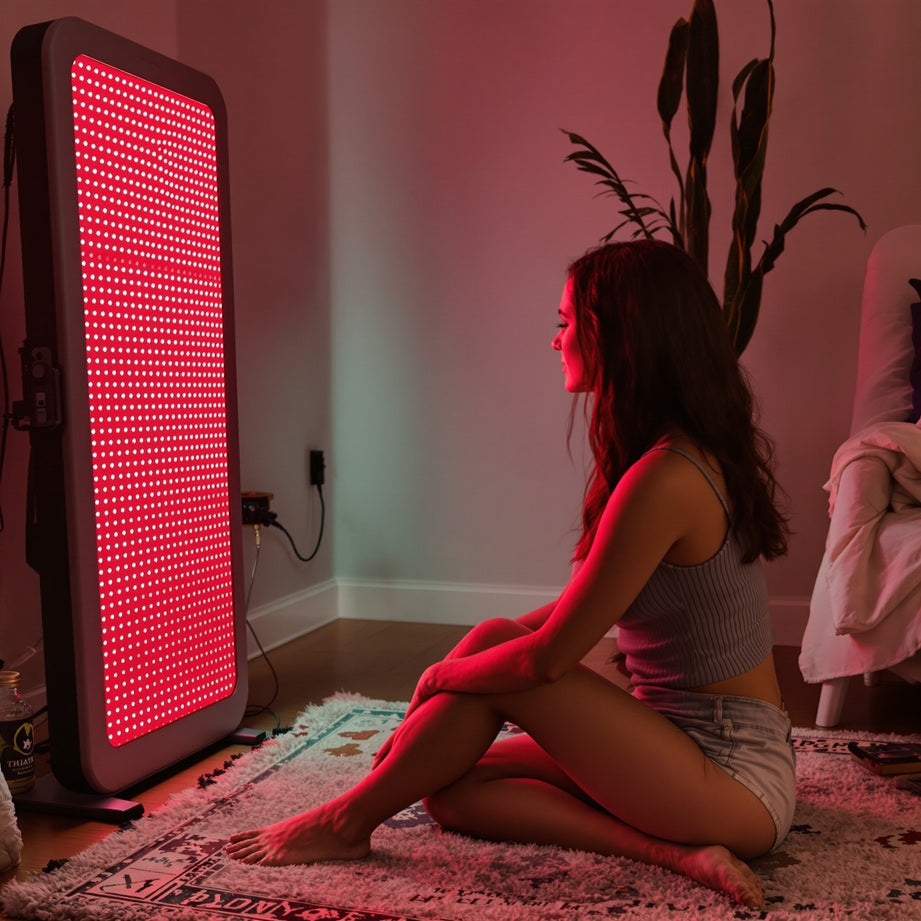
Deixe um comentário
Este site está protegido pela Política de privacidade da hCaptcha e da hCaptcha e aplicam-se os Termos de serviço das mesmas.